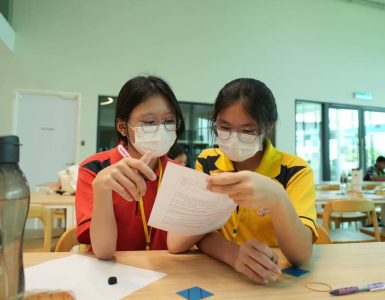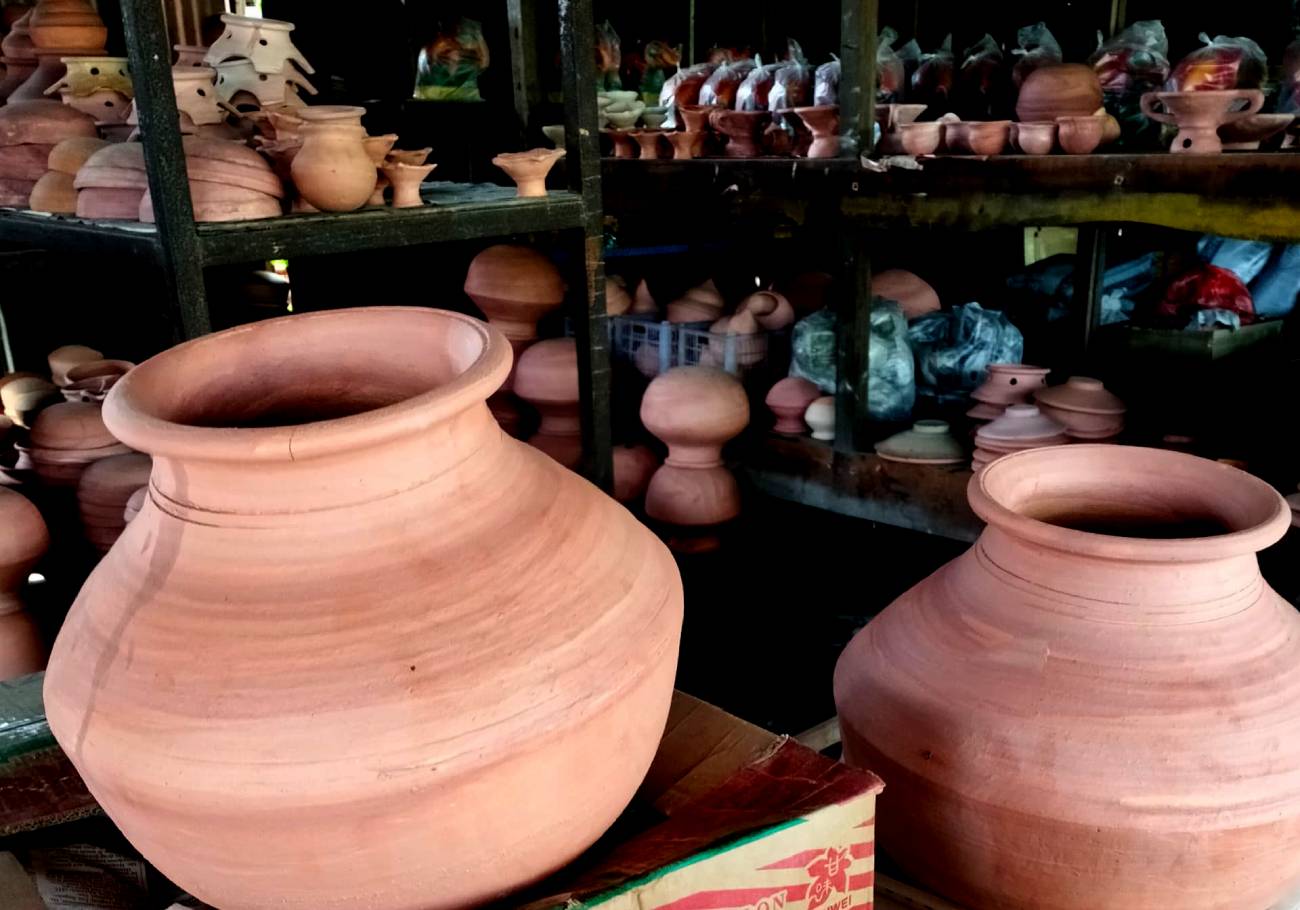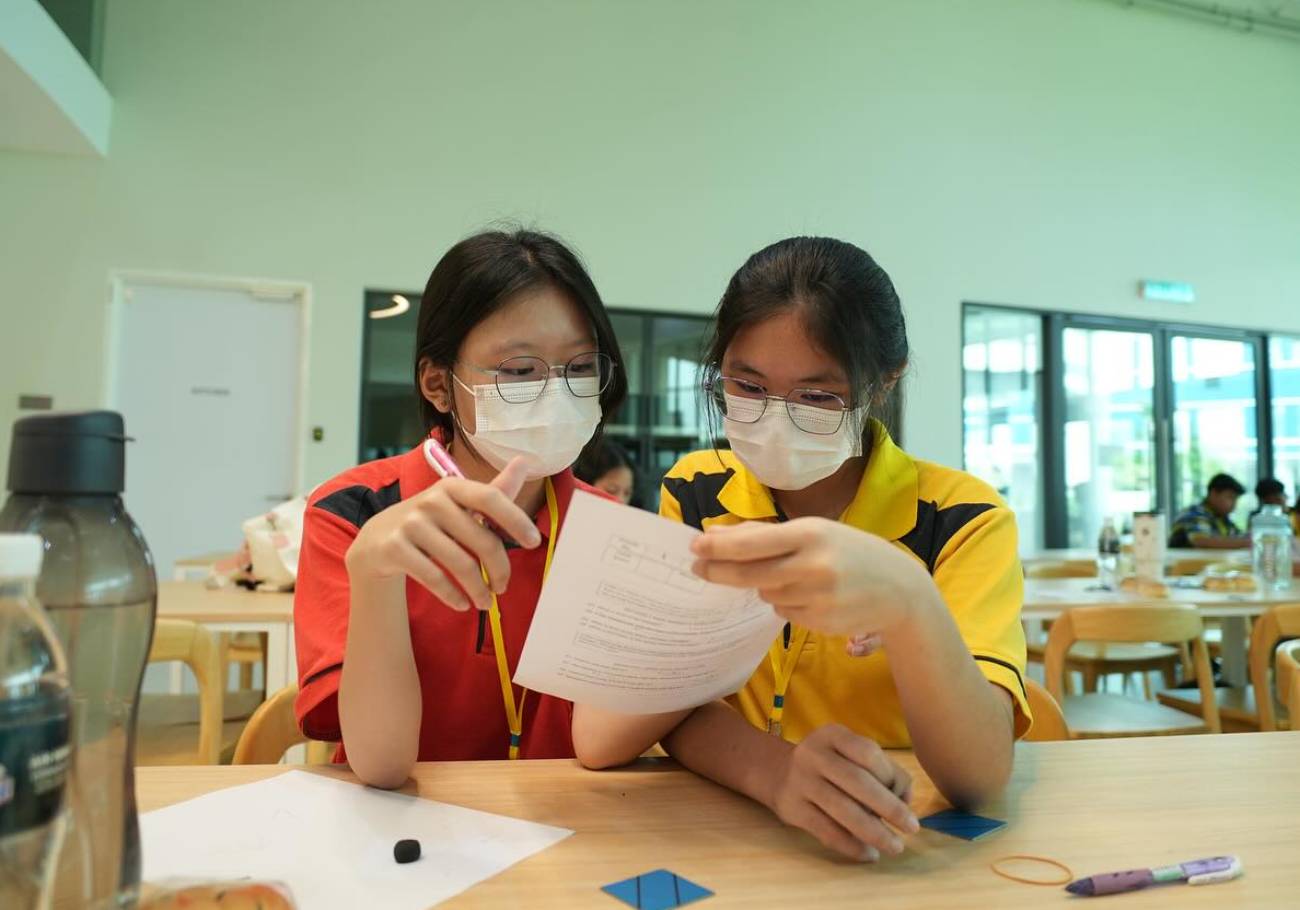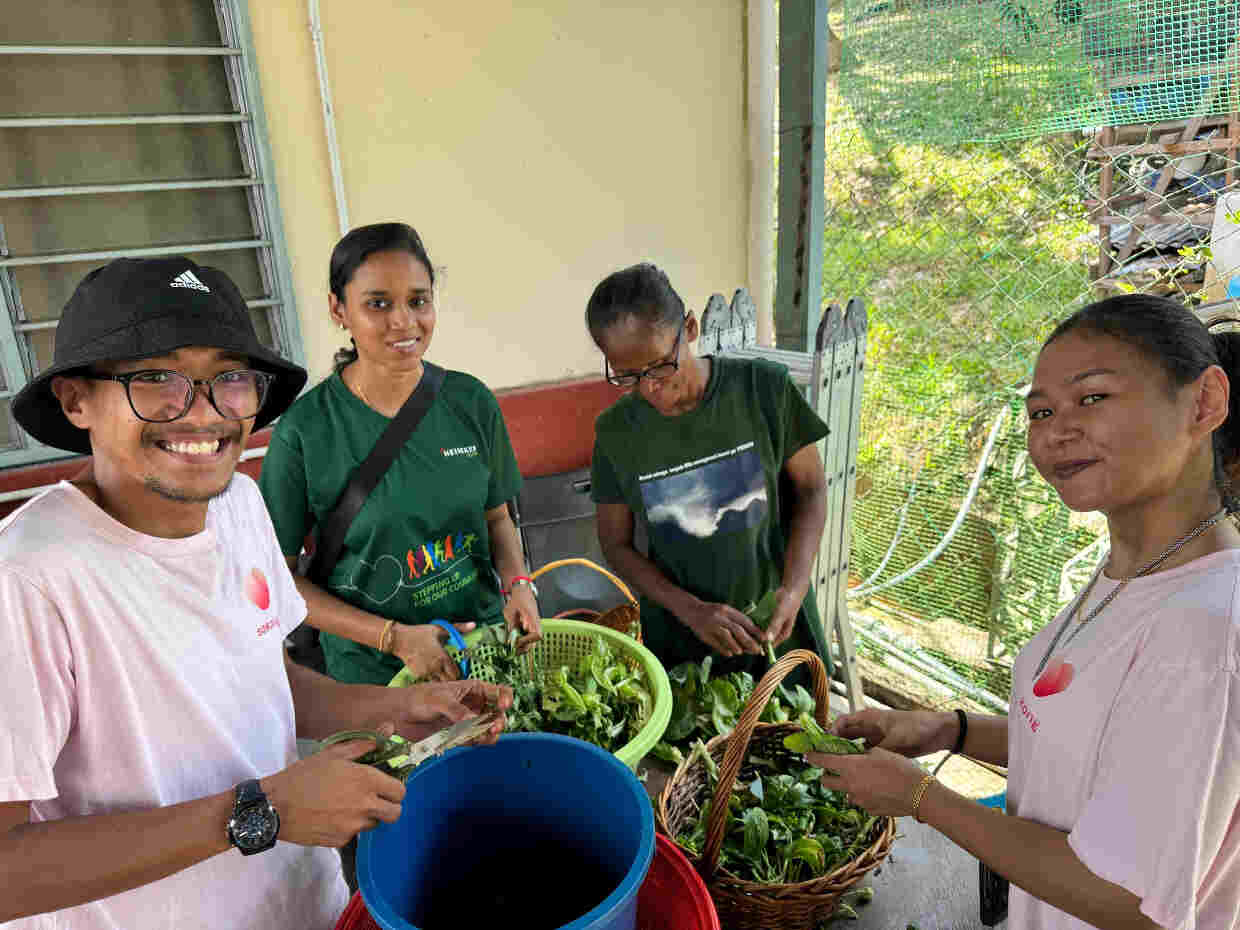In spite of originating from a specific traditional background, each form of art is not anymore exclusive to a specific ethnicity.
This was what famed choreographer Ravi Shanker had to say when met by Komunitikini recently.
Ravi, who runs the Asthana Arts dance studios apart from lecturing in public universities on Indian arts and classical dance, says that his classes are not only taken up by Indians.
“My subjects are related to classical Indian dance, but I do have Malay and Chinese students as well,” he said.
“Art has moved on from being just about the choreography or the accessories. It is now about expressing one’s feelings and experimenting.”
Ravi says that not only are those from other races accepting Indian classical dance, but the same goes to other form of Malay and Chinese arts.
“I know of students from Tamil schools who can do the Malay traditional dance very well,” he said.
However, he does concede that religion becomes a sensitive issue.
“The Indian classical dance, for example, incorporates elements of Hindusim in it.”
But Bharathanatyam instructor Chandrika has found a way to overcome that barrier.
“We start the dance sessions with prayers and meditation. The way we do it pays tribute to the tradition, but I always tell my students to think about their religion while meditating,” she said.
For one of Asthana’s artists, the only race and religion when it comes to art is about being Malaysian.
“Our only race and religion is about being Malaysian,” quipped 22-year-old Hema Malini Samy.
Ravi also believes that performing different kind of arts can present a different perception for those who watch.
“Politically and socially, it would make people see from a different point of view. The artists approach the performance with a different point of view.”
“In Taiwan, people have used the traditional art to express their fight for freedom. Similarly arts everywhere are being used to express emotions and a movement,” he said, referring to the ‘Abinaya’ in Indian classical dance, which incorporates facial and eye expressions.












